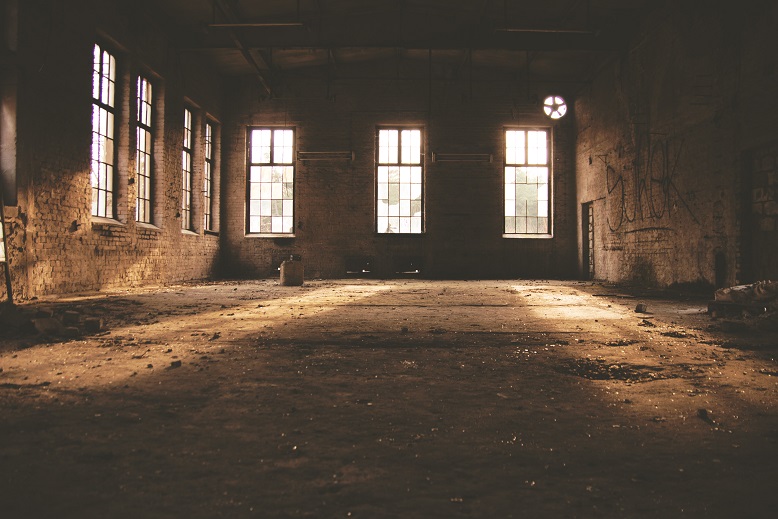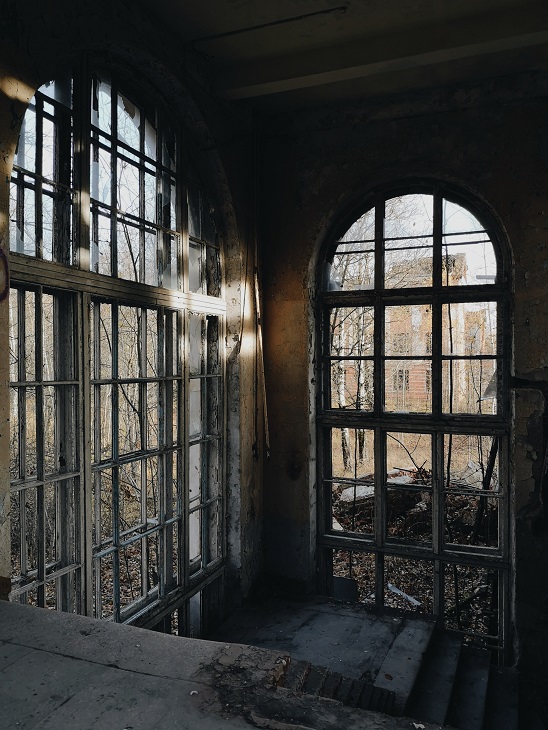As the EPA considers a full ban on asbestos, chemical companies push back.
Asbestos, once hailed as a “miracle mineral” for its durability and fire-resistant qualities, was widely used throughout history. In the United States, it continued to be a go-to until the 1970s when information linking asbestos to various types of cancer became public. In 1989, the Environmental Protection Agency was successful in banning it for use in most industries – but, certainly, not all. Asbestos not only continues to be used in the U.S. today, by chemical companies and others, but the aftermath of its extensive popularity still plagues many communities. Old building entrap asbestos in their ceilings and walls, freeing it when remodeled or demoed, and workers employed in high-risk industries during its peak are now developing asbestos-related illnesses decades later.
To this day, the U.S. allows hundreds of tons of asbestos through customs annually, mainly from Brazil and mostly to supply two major chemical companies, OxyChem and Olin Corp. The companies say asbestos is a necessary component of chlorine production and that their current protocols for handling the toxin are so strict that employees face little risk.
However, a recent investigation interviewing 18 workers employed at OxyChem’s now defunct plant in Niagara Falls, New York, found that everyone inside was directly exposed in many areas of the facility. Asbestos collected on beams and light fixtures and on their clothing, and yet, they were offered no protective suits or masks. Although the plant closed last year for unrelated reasons, the damage had already been done for those once inside as well as their families. Asbestos, made of microscopic fibers that easily becomes airborne, often makes its way home with employees, exposing loved ones secondhand.

For decades, the EPA and Congress accepted the chlorine companies’ assurance that plant workers were safe, and regulators let it be. The Occupational Safety and Health Administration (OSHA) took this one step further and allowed OxyChem and Olin into a special program that limited the number of inspections.
Now, it seems the EPA is finally working on an all-out ban of asbestos, but not without pushback. To counter the proposed ban, the chemical companies have turned to attorneys general in a dozen Republican-led states who have jointly said it would “place a heavy and unreasonable burden on industry.”
OxyChem, owned by energy giant Occidental Petroleum, said worker accounts shared during the investigation were “inaccurate.” Furthermore, it stated that it “complies with federal regulations on asbestos and that workers who handle it are trained, work in restricted areas of our plant, protected by personal protective equipment and are offered annual medical examinations.”
The former Niagara Falls workers not only agreed to hours of interviews but dug through their belongings at home for documentation to reconstruct their work lives. Six experts in industrial hygiene and occupational health who reviewed the data were shocked by it.
“Totally unacceptable,” said Rachael Jones, professor and chair of the Environmental Health Sciences Department at the University of California, Los Angeles.
“Fraught with danger,” said Dr. Philip Landrigan, who heads up Boston College’s program for Global Public Health and the Common Good.
“It sounds like something that maybe would happen in the 1940s or the 1950s,” said Celeste Monforton, a lecturer in public health at Texas State University. “It’s just so counter to everything that they put in the record about using [asbestos] safely.”
For the plant’s workers, only time will tell if the exposure leads to life-threatening health complications. For the general public, only time will tell, too, if the EPA finally moves forward with a total ban of the toxin.
Sources:
The U.S. Never Banned Asbestos. These Workers Are Paying the Price.


Join the conversation!